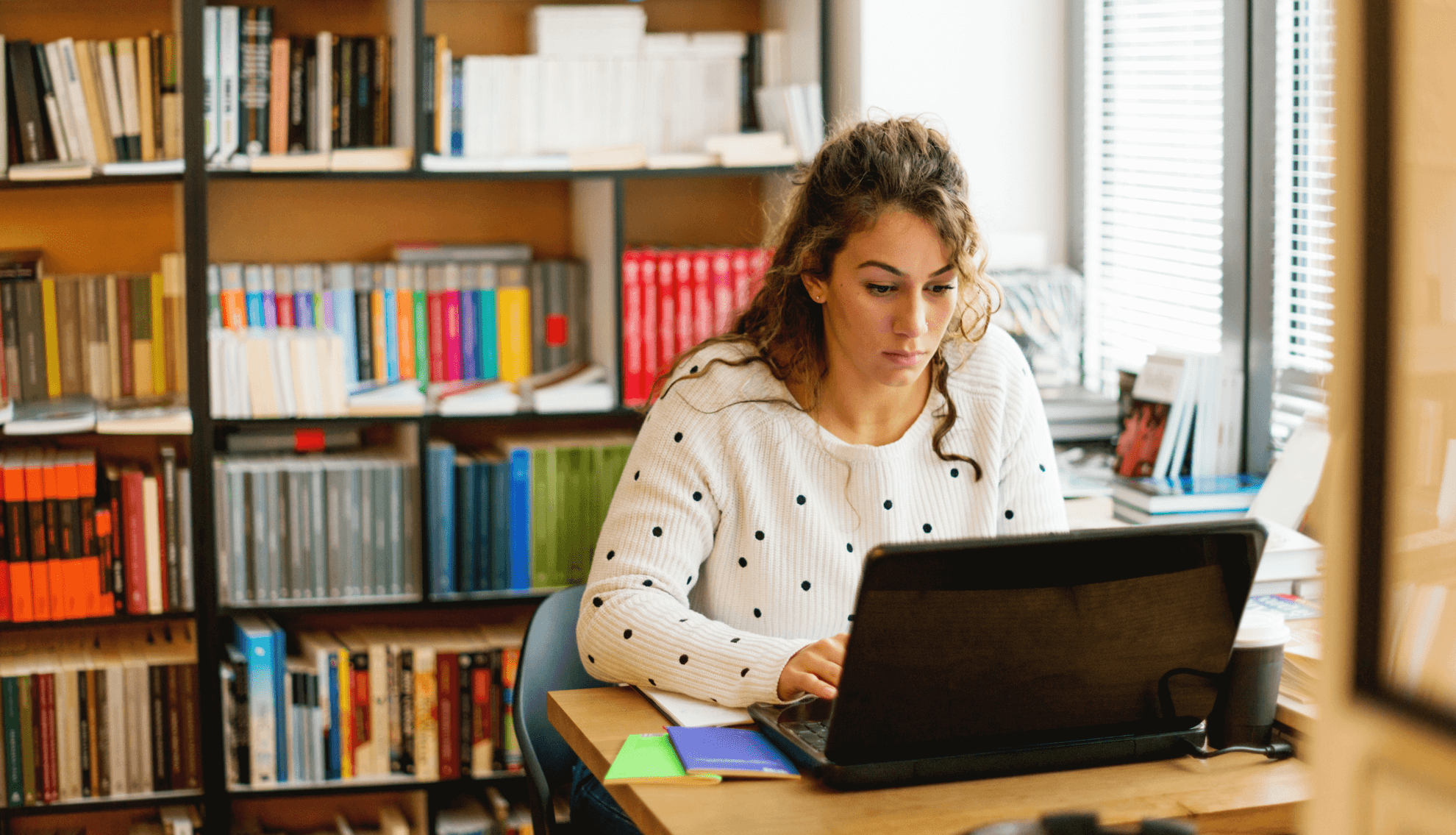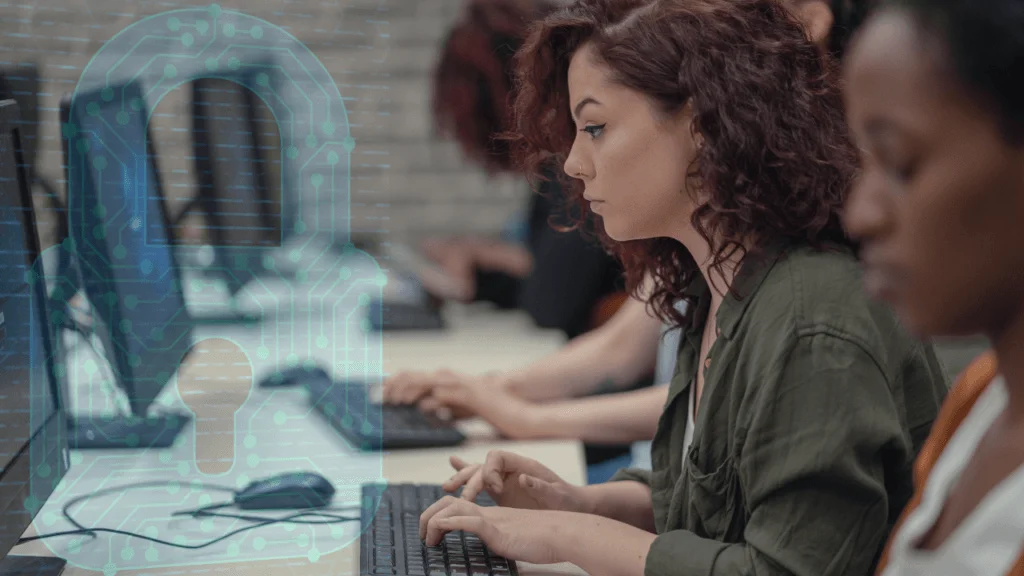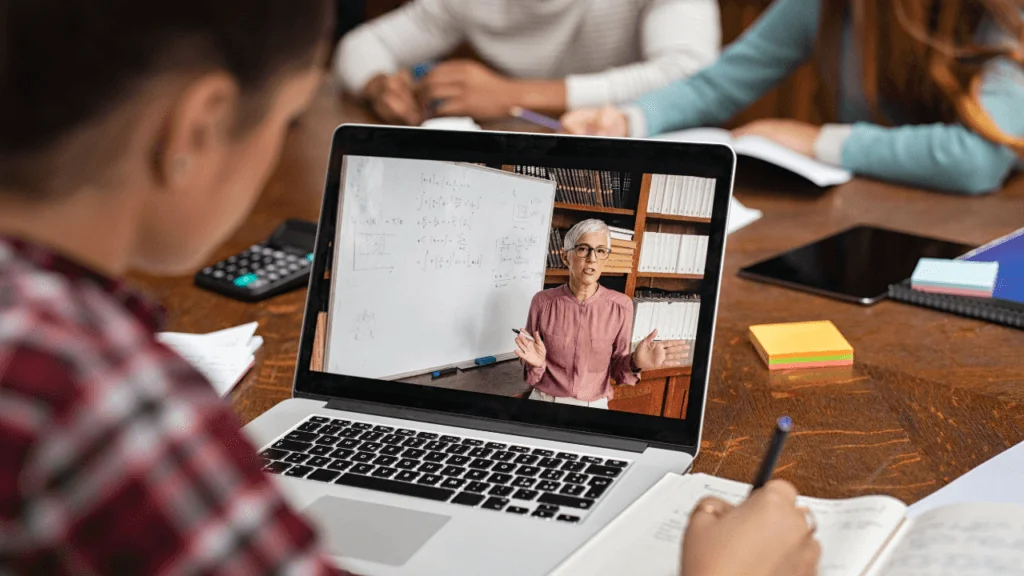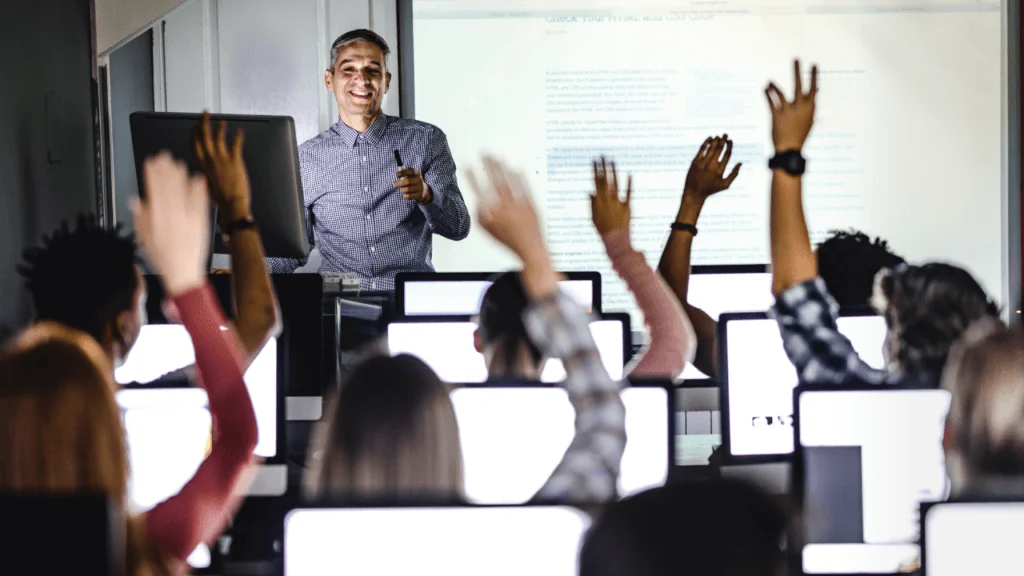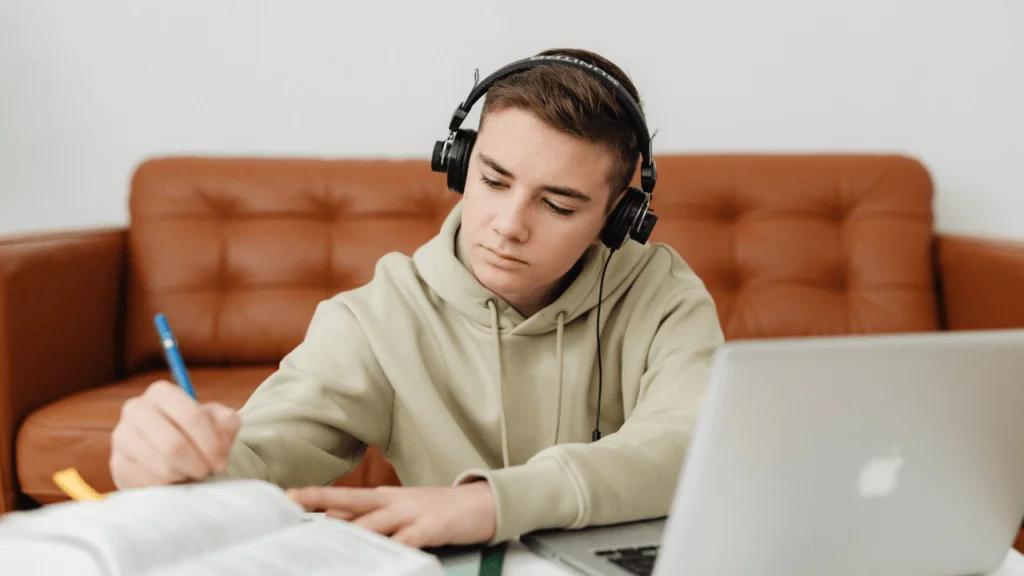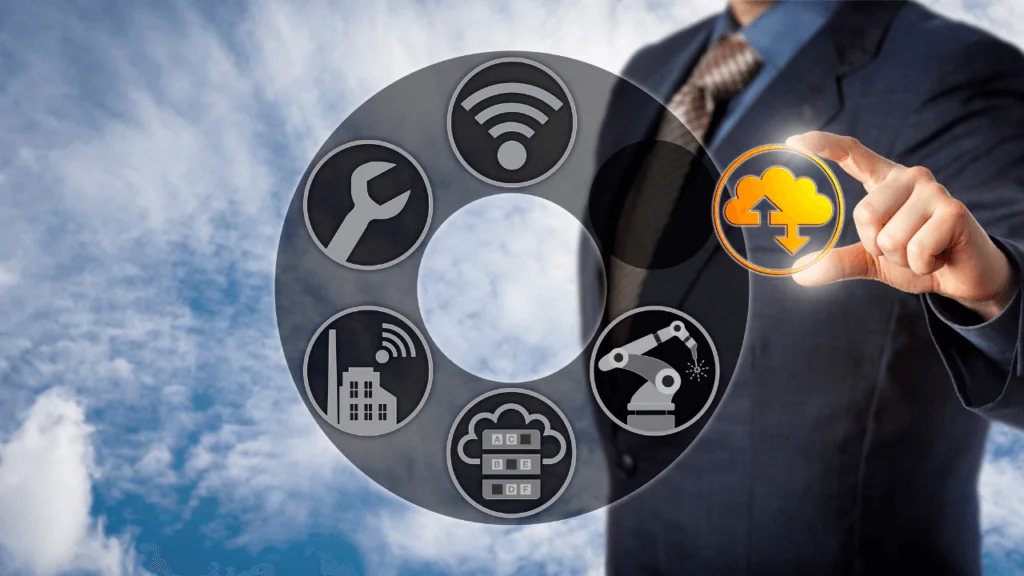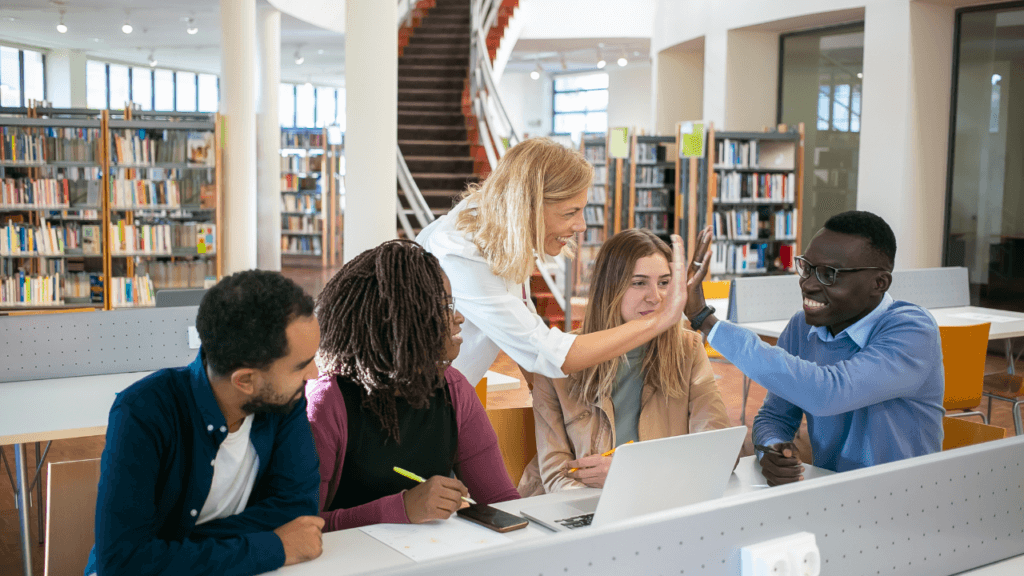Blended learning combines both online teaching and instruction with face-to-face, or traditional classroom-based instruction. This can take a number of forms, but in general, students have some control over the place, path, and place of learning. Additionally, according to the National Education Association:
- Learning typically occurs through an integrated curriculum.
- Many activities are presented before class so student can engage in both the online and in-classroom environments.
- During instructor-led sessions, the educator directs student activities to ensure learning goals are met
- Post-learning activities help the instructor determine the next assignments to meet educational goals.
In addition to providing instructors and students with more in-class time for engagement and discussion, for many instructors, a flipped classroom also enables lectures to be re-used from semester-to-semester, simplifying instructor preparation for the course.
Flipped classrooms are defined as “a type of blended learning in which direct instruction moves to the asynchronous learning space and the synchronous learning space is transformed into a dynamic, interactive environment.”
In-class time is spent on other activities, such as discussion, hands-on learning, and individual and small-group work. The lesson or lecture portion of the classroom experience occurs predominantly online, while the homework portion of the course is more likely to take place in a group classroom setting.
When Is a Blended Learning Model Best?
Blended learning is a flexible option for any college or university with access to lecture capture and video content management tools. Instructors can incorporate as much or as little online learning as they would like into a traditional course. Blended learning may simply enable students to review lecture capture recordings and ask questions online, while a more intensively blended course might integrate some elements of flipped classroom structures.
Blended learning provides instructors and students with an ideal transition to flipped classrooms, but can also enable traditional classrooms to make use of new tools and technology. This facilitates learning for students with special needs, non-traditional students, and those who need extra support.
When Should Instructors Flip Their Classes?
A flipped classroom provides students with increased interaction with one another and with an instructor. This can enable improved understanding and engagement for students, as well as improved attendance. Instructors in flipped classrooms can use their in-class time to efficiently meet the needs of their students, to focus on project-based learning, to encourage small and larger group interaction, and to respond to student questions and assist with assignments.
In addition to providing instructors and students with more in-class time for engagement and discussion, for many instructors, a flipped classroom also enables lectures to be re-used from semester-to-semester, simplifying instructor preparation for the course.
Expand Learning for Students
Blended learning and flipped classrooms have only become more popular as instructors work to provide flexibility to learners. No matter which methodology an instructor chooses, it should be focused on creating an engaged, connected audience with support for students when they need it.
